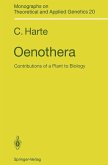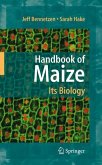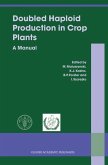The Maize Handbook represents the collective efforts of the maize research community to enumerate the key steps of standard procedures and to disseminate these protocols for the common good. Although the material in this volume is drawn from experience with maize, many of the procedures, protocols, and descriptions are applicable to other higher plants, particularly to other grasses. The power and resolution of experiments with maize depend on the wide range of specialized genetic techniques and marked stocks; these materials are available today as the culmination of nearly 100 years of genetic research. A major goal of this volume is to introduce this genetical legacy and to highlight current stock construction programs that will soon benefit our work, e. g. high-density RFLP maps, deletion stocks, etc. Both stock construction and maintenance are relatively straightforward in maize as a result of the ease of crossing and the longevity of stored seeds. Crossing is facilitated by the separate staminate (tassel) and pistillate (ear) flowers, a feature almost unique to maize. On the other hand, many of the genetic methodologies utilized with maize, including the precision of record keeping, can be adapted to other plants. Facile communication and a spirit of co-operation have characterized the maize genetics community since its earliest days. Starting in the 1930s, institutions such as annual Maize Genetics Cooperation Newsletter, the Maize Genetics Stock Center, and the annual maize genetics meeting provide continuity to the field.
Hinweis: Dieser Artikel kann nur an eine deutsche Lieferadresse ausgeliefert werden.
Hinweis: Dieser Artikel kann nur an eine deutsche Lieferadresse ausgeliefert werden.








